Robert H. Weitbrecht
Science: Physics
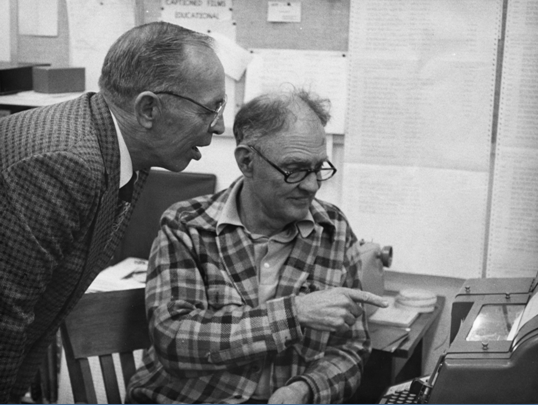
Robert H. Weitbrecht was born on April 11, 1920 in Orange, California. He was born deaf. His mother started teaching him to read lips. Weitbrecht went to school with other deaf children. He learned to read and to speak.
Weitbrecht started to like science because his teacher took him to factories (MP4) and places where they packaged food. He was interested in the machines (MP4) there. When he went to public school he was unhappy. The other children were mean to him because he was deaf.
In high school Weitbrecht became very interested in astronomy (MP4). He built his own telescope (MP4) and won a prize. It was called the Bausch and Lomb Honorary Science Award.
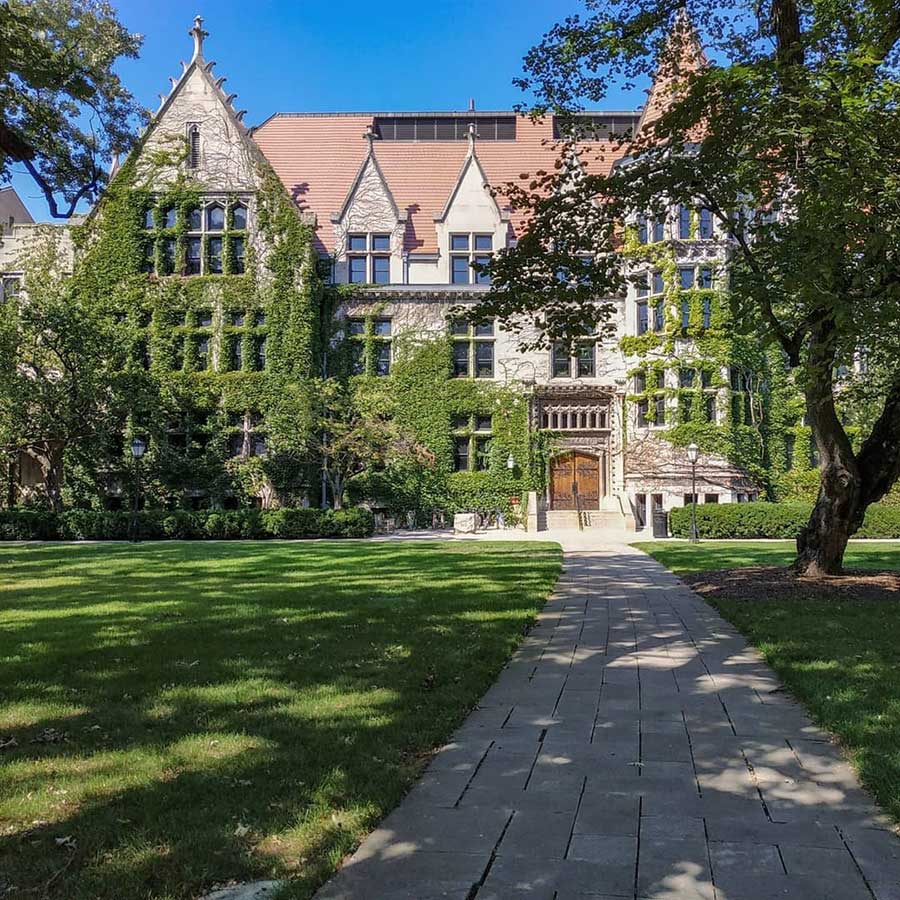
He went to college at Santa Ana Junior College. After that he went to the University of California at Berkley. He graduated (MP4) with a bachelor's degree in astronomy. He got very good grades. Then he went to school at the University of Chicago and graduated with a master's degree in astronomy. He did not use an interpreter. His friend gave him notes from class.
/prod01/twu-cdn-pxl/media/images/deaf-scientist-corner/education-hierarchy-2.jpg)
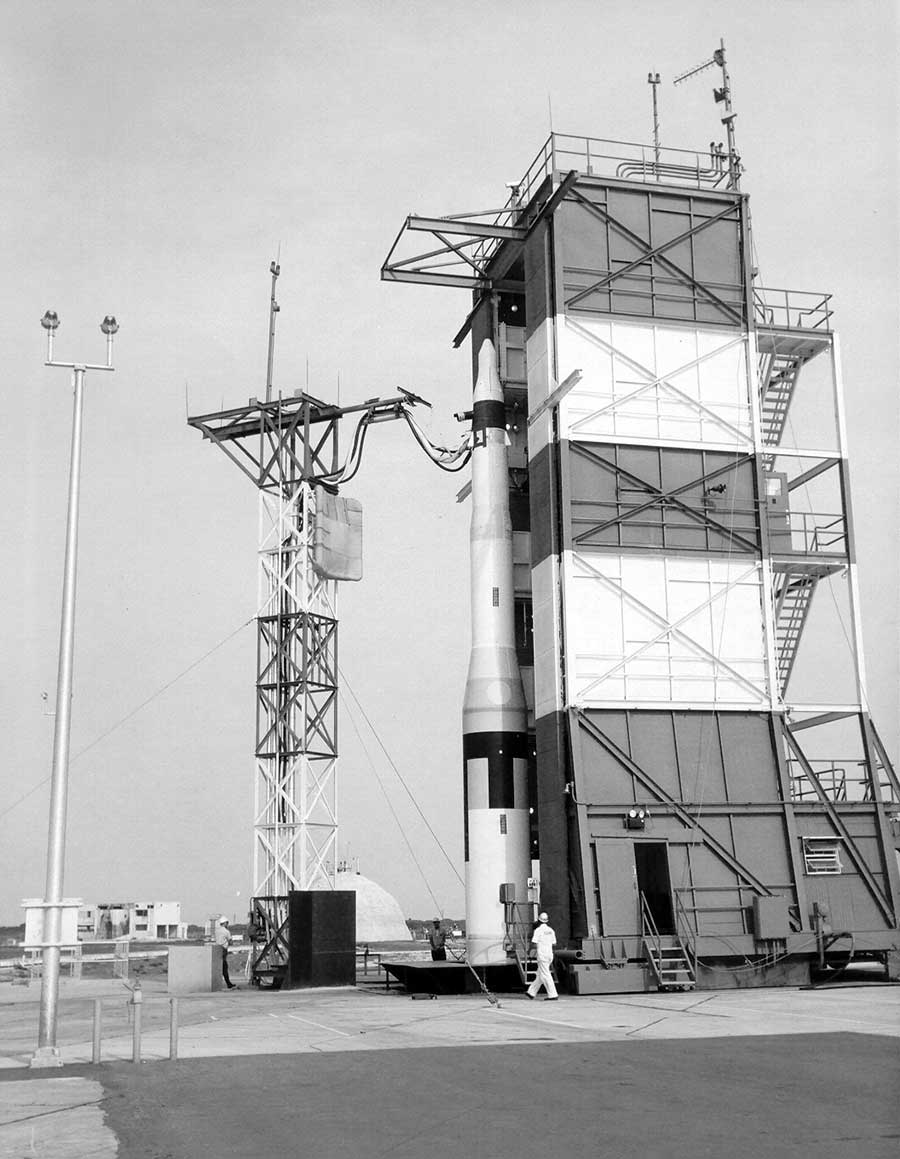
While he was in college he had several jobs. He worked as a physicist (MP4) at the Radiation Laboratory at the University of California. Then he worked as an electronics (MP4) scientist at the U.S. Naval Air Missile Test Center. He was part of the Manhattan Project. He earned the U.S. Navy's Superior Accomplishment Award while he worked there. He worked on many different projects such as helping create safety equipment (MP4) to help rescue (MP4) people.
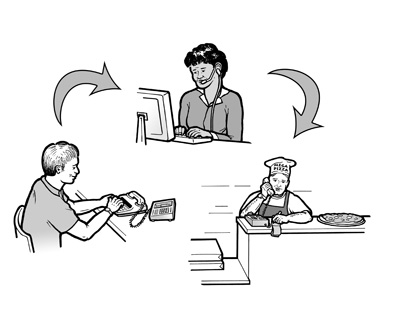
Weitbrecht became interested in communicating through the radio in 1948. He helped create the first worldwide radio communication. Now people could type into their teletypewriters (TTY) (MP4) and relay a message around the world.
Next, he created a camera (MP4) that would automatically focus on the stars. He also created a camera that would take really good pictures of space.
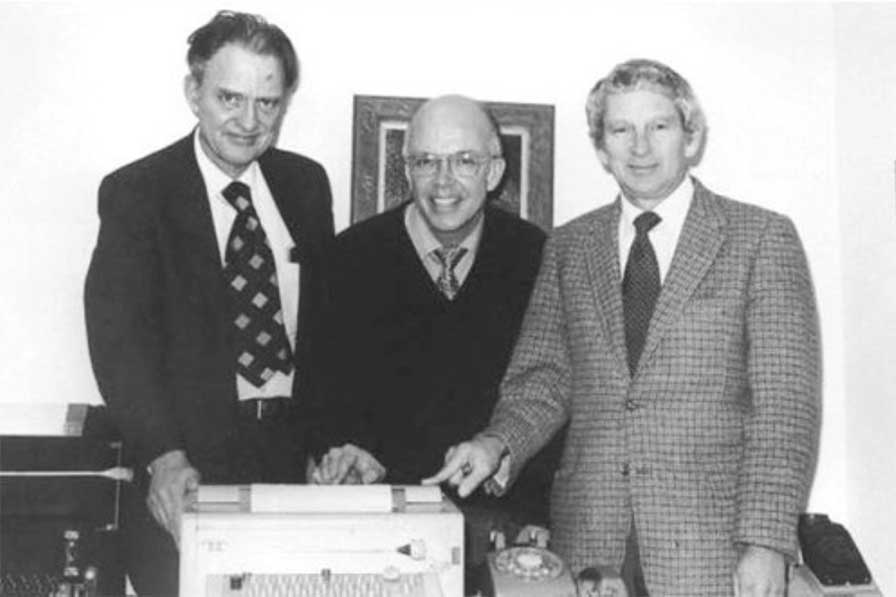
After a few years he changed jobs. He went into business with two other deaf men. One of them was James C. Marsters. Their business was called the Applied Communication Corporation. They worked to create the Phonetype Acoustic Coupler. This was a phone for deaf people. It is now called the TTY.
Weitbrecht was hit by a car and died on May 19, 1983.
Honors
- President's Committee on Employment of the Handicapped
- Laurent Clerc Award
- Alexander Graham Bell Association for the Deaf Award
- Honors Doctor of Science degree from Gallaudet
- Certificate of Achievement award from Johns Hopkins University
- Honorary member of the Telephone Pioneers of America
Read More about Robert H. Weitbrecht
PBWorks Wiki - Robert H. Weitbrecht
References
- Lang, H. G., & Meath-Lang, B. (1995). Robert H. Weitbrecht. In A Biographical Dictionary: Deaf Persons in the Arts and Sciences (pp.374-377). Westport, CT: Greenwood Press.
Page last updated 11:35 AM, April 20, 2023